Are you building your Seated Liberty dollar collection? If so, you’re probably curious about the 1845 issue. Or, perhaps you’ve stumbled upon this old, classic coin and wonder whether it is worth any money. Our comprehensive 1845 silver dollar value guide will help!
We’ll unveil the market value of the 1845 dollar, offer expert grading tips, and reveal highly sought-after minting errors deserving a spot in your collection.
The 1845 Seated Liberty dollar has one of the lowest mintages. Worn and uncirculated examples command high prices, making this issue every collector’s dream coin. So, let’s jump in and find out: how much is a 1845 silver dollar worth?
1845 Silver Dollar Value Chart |
||||
| Mint Mark | Good | Fine | Extremely Fine | Uncirculated |
| 1845 (P) Silver Dollar Dollar Value | $600 | $800 | $1,500 | 80,000 |
| 1845 Proof Silver Dollar Value | – | – | – | $187,500 |
History of the 1845 Silver Dollar
The 1845 silver dollar has one of the lowest mintages in the Seated Liberty dollar series. The low production of silver dollars, which began in the mid to late 1840s, can be attributed to the dwindling supplies of silver bullion.
Following the passage of the Mint Act of 1792, silver and gold became legal tender, but soon afterward, silver was hoarded and exported for melting, leading to an acute shortage of the precious metal. In response, President Thomas Jefferson ordered the Mint to halt the production of all silver, and over the next 25 years, only silver half dollars were minted. It wasn’t until 1831 that President Andrew Jackson lifted the ban on dollar coin production, and even then, production didn’t resume until 1836 with the minting of the Gobrecht dollar.
In 1835, then-Mint Director Robert Patterson commissioned artists Thomas Sully and Titian Peale to create new coin designs. Patterson proposed that the obverse of the silver coin feature Lady Liberty seated on a rock while holding a pole. The reverse, on the other hand, would feature an eagle in flight. William Kneass, who was the Chief Engraver at the time, prepared drawings of Patterson’s proposed design but suffered a stroke before he could finish his work.
Kneass’s assistant Christian Gobrecht took over and went ahead to engrave Robert’s proposed design on copper plates. The copper plates were approved, paving the way for the production of trial strikes on silver planchets. These early trial strikes resulted in the so-called Gobrecht dollars, minted from December 1836 to 1839, although only a small amount of these experimental coins was produced.
Full-scale, official production of circulation strike Seated Liberty silver dollars began in 1840. Patterson reviewed the Gobrecht dollar design and proposed that the eagle in flight be replaced by a left-facing bald eagle. Initially, silver deposits were abundant, allowing the Mint to produce silver dollars in large numbers, but this soon changed with the discovery of gold in California. This made silver coins worth less in currency and more in bullion, prompting large amounts of silver coins to be melted for their bullion value.
From about 1844, the production of silver dollars dropped off drastically, and the downward trend continued until the early 1870s, when production peaked for a bit before the Seated Liberty design was retired in 1873. The 1845 silver dollar is a key date due to its low mintage—it might not be as low as the 1851 and 1852 issues, but the mintage is low enough to make them some of the most highly sought-after in the Seated Liberty series.
Also read: 12 Most Valuable One-Dollar Coin Worth Money
Features of the 1845 Silver Dollar
Now, let’s look at the key features that set the 1845 silver dollar apart. Knowing these physical attributes will come in handy when grading your silver dollar, telling a real from a fake silver dollar, and identifying Seated Liberty silver dollars worth good money.
Here’s what to look out for:
Obverse of the 1845 Silver Dollar

On the obverse or “heads” side is an image of Lady Liberty seated on a rock and looking over her right shoulder.
In her left hand, she holds a staff topped with a Phrygian hat, which symbolizes freedom. In her right hand, she holds a shield with the inscription LIBERTY etched diagonally.
The date, 1845, appears at the bottom along the rim. Thirteen stars, seven to the left and six to the right, surround Liberty’s image. These stars represent the first thirteen states to join the Union.
Reverse of the 1845 Silver Dollar

The reverse features a left-facing bald eagle. A shield on the eagle’s breast represents non-aggression but is also a symbol of strength in the unity between the states.
The arrows in the eagle’s left talon represent victory and self-defense, while the olive branch in the right talon is a symbol of peace.
The words UNITED STATES OF AMERICA are inscribed in an arch above the eagle, while the denomination, abbreviated as ONE DOL., is etched at the bottom along the rim.
Other Features of the 1845 Silver Dollar
Additional features worth noting are:
- Diameter: 38.10 millimeters
- Weight: 73 grams
- Edge: Reeded
- Metal Composition: 90% Silver, 10% Copper
- ASW: 0.7734oz
- Fineness: 9
Also read: 14 Most Valuable Coins In Circulation
1845 Silver Dollar Value Guides
So, how much is a 1845 silver dollar worth today? The market value depends on several factors, including the coin’s condition and grade, and its rarity.
There are two types of the 1845 silver dollar:
- 1845 (P) Silver Dollar
- 1845 Proof Silver Dollar
Let’s discover how much each type is worth:
1845 (P) Silver Dollar Value

From 1840 to 1845, only the Philadelphia Mint struck silver dollars. Production of silver dollars began at the New Orleans Mint in 1846. In 1845, the Mint in Philly produced only 24,500 Seated Liberty silver dollars, a drastic drop from the relatively higher mintages of the previous four years. As was the tradition at the time, these coins didn’t have a mint mark.
Here’s what to expect when collecting a 1845 Seated Liberty dollar:
- Circulated Examples: The low mintage seen with this issue means that survivors are scarce in all grades, and this is reflected by the high prices even in lower grades. For instance, silver dollars in Poor/Average condition can sell for as much as $400, while those graded Good (G) are worth $600. Fine (F) examples can fetch up to $800, while in Extremely Fine (XF), pieces can pull in as much as $1,500. About Uncirculated (AU) examples are desirable but are extremely scarce and are worth upwards of $4,000 in AU58.
- Mint State Examples: Uncirculated 1845 silver dollars are genuinely rare. By all accounts, this issue is the rarest of the 1840s Seated Liberty dollars in Mint State. The highest seen example belongs to the Norweb Collection and is graded as an MS64 by the Numismatic Guaranty Company. This particular specimen is valued at $85,000. Lower grade examples will also command significant premiums. In MS60, for instance, prices can go as high as $6,500 and triple to about $20,000 in MS62 and to as much as $42,500 in MS63.
- Auction Record: In 2003, Stack’s Bowers auctioned a rare MS64 for $80,000, but this value later increased to $80,500 as per the NGC records.
1845 Proof Silver Dollar Value

In addition to the circulation strike coins, the Philadelphia Mint struck about 15 proof silver dollars in 1845. Today, about a dozen or thereabout known survivors exist. The finest known example of the 1845 proof dollar belongs to the Kaufman Collection, which was passed on from the famed John Jay Pittman Collection. This superb gem is graded in the range of PF66-PF67 and was auctioned first in 2008 for a record-shattering $207,000 and then in 2013 at a much lower price of $141.000.
Several other Gem examples exist, which is surprising for such a low-mintage proof silver dollar issue. The lowest example is graded AU58 and is valued at $10,000. Another specimen graded PF64 is worth about $40,000, while an MS65 can command at least $60,000. According to the NGC, as of 2019, a PF67 was sold for $187,500.
Also read: Top 10 Most Valuable Morgan Silver Dollar Worth Money
1845 Silver Dollar Grading
When grading a 1845 silver dollar, there are three things you should consider: wear, strike quality, and surface damage. Start by examining the coin for wear on high-contact spots such as Liberty’s head, LIBERTY on the shield, and the drapery on her knees and bust. On the reverse, pay close attention to the shield and talons.
In lower grades, the design elements will lack any outline, with the coin showing excessive wear around the rim. Higher grade examples will show clearer outlines, greater details, and light wear, while Mint State pieces will display fully crisp details, mint luster, and little to no wear.
In addition, poor strike quality usually points to a lower grade, while higher grade coins have a better strike quality. Use strike quality and the extent of wear together to accurately grade your silver coins.
Check out this video for great tips on grading and authenticating your Seated Liberty dollars.
Rare 1845 Silver Dollar Errors List
The Seated Liberty coin series was generally well-struck, and the 1845 issue is no exception. That said, a few notable minting errors are seen in this issue, and these can be valuable additions to your collection.
Here are a few 1845 silver dollar errors that might be worth collecting:
1. 1845 Silver Dollar Die Clash Error
A die clash error occurs when the obverse and reverse dies accidentally strike against each other without a planchet between them. Due to the sheer force, the dies might transfer their respective designs onto each other, and when a planchet is placed between them, the dies subsequently transfer the clashed design onto it. In the end, you might have a coin with traces of the reverse design on the obverse and vice versa. Clashed dies make for an eye-catching error, adding as much as $100-$200 to the value of your Seated Liberty dollar.
2. 1845 Silver Dollar Off-Center Strike Error
Another error seen in the 1845 dollar issue is the off-center strike. This happens due to a misalignment between the die and planchet, resulting in the die striking away from the planchet’s center and more toward the edge. In some extreme cases, the off-center strike might result in some of the design details missing, being cut off, or merging with the rim. This error can raise your coin’s value by as much as $100-$200 or more, depending on the percentage of the off-center strike. For example, a 35% off-center strike error will generally be more valuable than a 10% error.
3. 1845 Silver Dollar Double Struck Error
A fascinating error is the double struck, which occurs when the die makes more than one impression of the design element, usually on the obverse side. So, on some coins, you might see two duplicate images of Seated Liberty. This eye-catching error is worth $150-$300 or more, depending on the intensity or visibility of the duplicity. In 2004, a collector on eBay paid $760 for a 1845 silver dollar graded Good (G) with an obverse double-struck error.
Where to Sell Your 1845 Silver Dollar?
Now that you know the value of your coins, do you know where to sell those coins online easily? Don’t worry, I’ve compiled a list of these sites, including their introduction, pros, and cons.
Check out now: Best Places To Sell Coins Online (Pros & Cons)
FAQs
How much is a 1845 silver dollar worth?
The value of a 1845 silver dollar depends on the coin’s grade and its rarity. Circulated examples are worth between $400 and $4,000 on the open market. Uncirculated Mint State examples, on the other hand, command significant premiums and can sell for as much as $80,000 or more.
How to tell if a 1845 silver dollar is rare?
The 1845 silver dollar is already rare in all grades. However, examples in Mint State are extremely rare and command high premiums. An uncirculated 1845 silver dollar will have full mint luster, little to no surface damage, and no wear, especially on the high contact points. You should consider yourself lucky if you come across such a specimen, as it could be worth a small fortune.
How can you tell if a dollar is silver?
Silver dollars, especially rare, classic types such as the 1845 Seated Liberty dollar, are a target for counterfeiting. A coin can be presented as a silver dollar coin, but it might actually not contain any silver at all. To check if a coin is silver, you can perform the magnet test—pure silver coins or those that are mainly silver will not stick to the magnet. You can also authenticate your coin by comparing its features with images of real 1845 silver dollars from the PCGS or NGC.
The post 1845 Silver Dollar Coin Value: How Much Is It Worth Today? appeared first on CoinValueChecker.com.


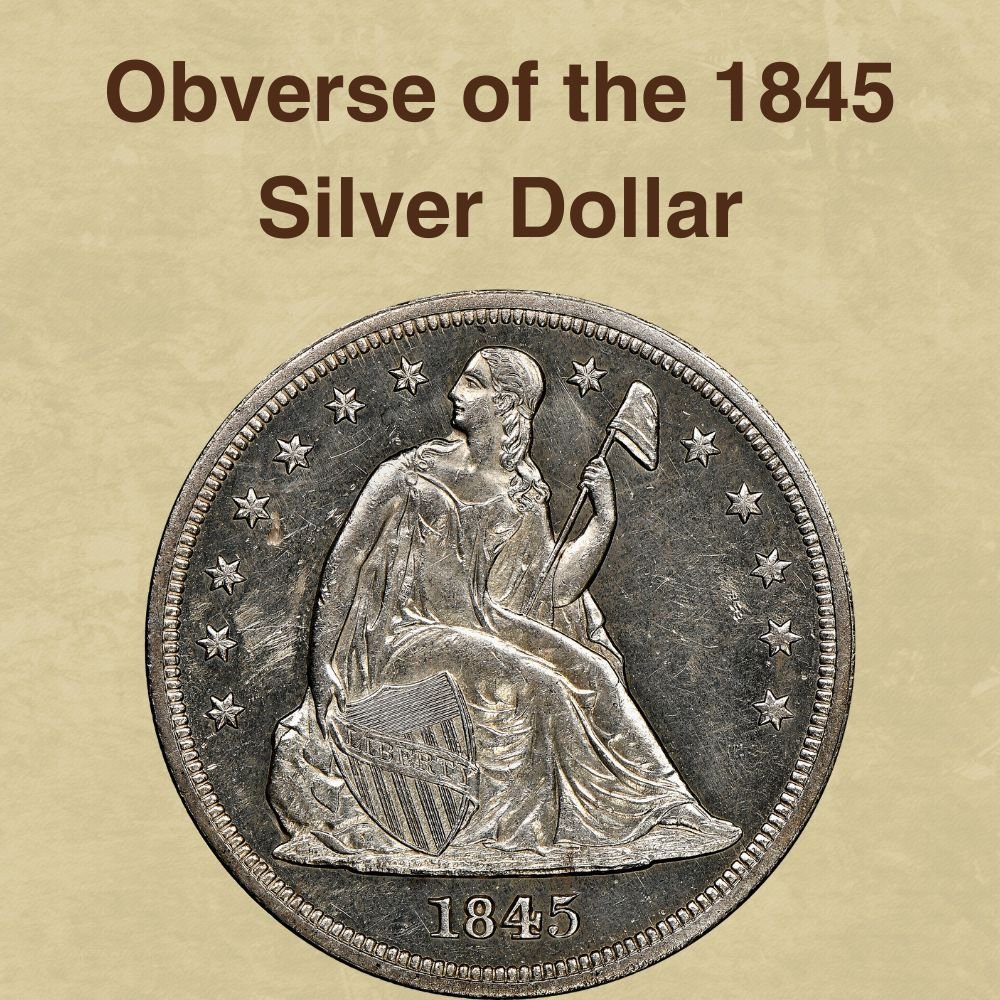

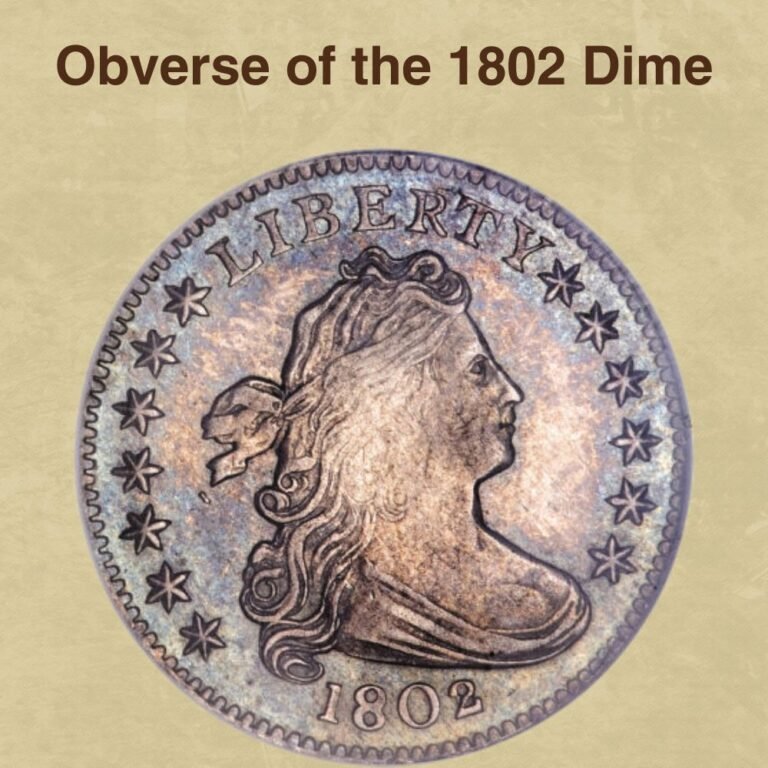

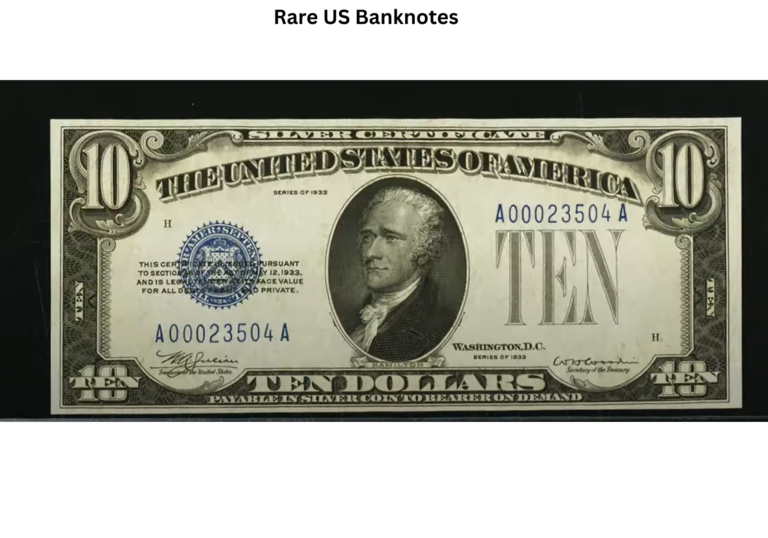



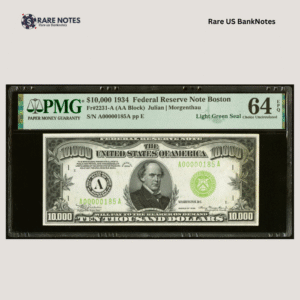
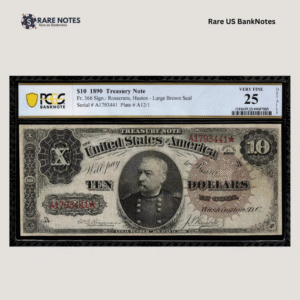
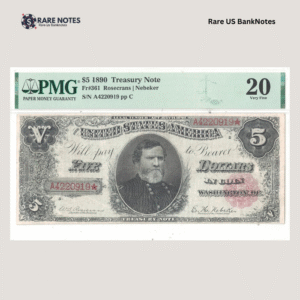
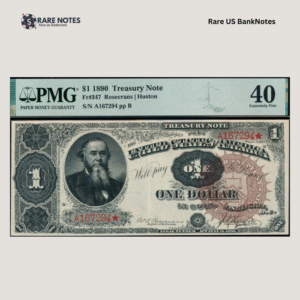
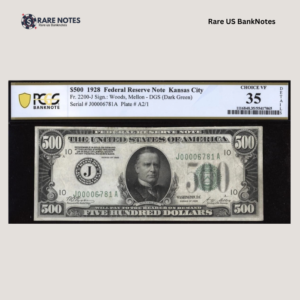
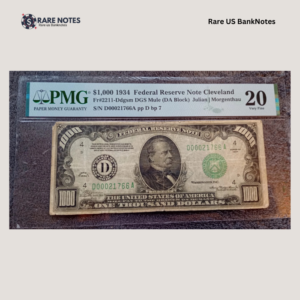
I was studying some of your posts on this site and I conceive this website is real instructive! Continue posting.